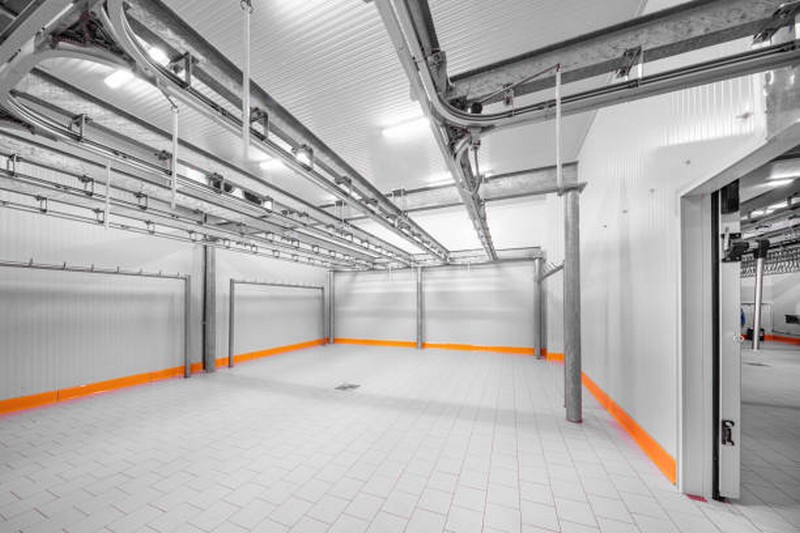The use of cold room panels is essential in today’s fast-paced world to keep perishable goods at the ideal temperature for as long as possible. These panels offer the essential insulation for cold storage facilities, ensuring that items remain fresh, safe, and of the best quality. For your convenience, we have included the following crucial details:
Understanding Cold Room Panels
Cold room panels, also known as insulated panels, are specialized construction elements designed to create an insulated envelope for cold storage rooms. These panels consist of an insulating core material sandwiched between two metal skins and are used for the walls, ceilings, and floors of cold rooms. The core material is typically made from Polyurethane (PU), Expanded Polystyrene (EPS), or Polyisocyanurate (PIR), each offering different levels of insulation effectiveness, durability, and fire resistance.
Types of Cold Room Panels
- Polyurethane (PU) Panels: Known for their excellent thermal insulation properties, PU panels have a high R-value, making them ideal for maintaining low temperatures. They are also moisture-resistant and provide good structural strength.
- Expanded Polystyrene (EPS) Panels: These panels offer a cost-effective insulation solution with a reasonable R-value. EPS panels are lightweight and easy to install, making them suitable for a wide range of applications.
- Polyisocyanurate (PIR) Panels: Offering superior fire resistance compared to PU and EPS, PIR panels also boast high R-values for effective thermal insulation. They are ideal for applications requiring enhanced fire safety measures.
Benefits of Using Cold Room Panels
- Energy Efficiency: By providing exceptional insulation, cold room panels significantly reduce energy consumption, leading to lower utility bills and a smaller carbon footprint.
- Temperature Control: They help maintain consistent temperatures, crucial for the storage of perishable goods, pharmaceuticals, and other temperature-sensitive products.
- Durability: Designed to withstand harsh conditions, these panels are durable and resistant to moisture, mold, and mildew.
- Cost-Effectiveness: The energy savings and low maintenance requirements of cold room panels make them a cost-effective solution for cold storage facilities.
Installation Tips for Cold Room Panels
- Proper Planning: Before installation, it’s essential to plan the layout of the cold room carefully, considering the size, location, and the type of products to be stored.
- Professional Installation: Hiring experienced professionals for the installation ensures that the panels are correctly fitted, sealed, and insulated, maximizing their efficiency and lifespan.
- Sealing Joints: Properly sealing the joints between panels is crucial to prevent air leakage and moisture ingress, which can compromise the room’s temperature control.
- Ventilation: Ensure adequate ventilation systems are in place to manage air flow and humidity levels within the cold room, preventing condensation and ice buildup.
Maintenance Practices for Cold Room Panels
- Regular Cleaning: Keep the panels clean and free from debris to prevent damage and maintain their insulative properties. Use mild detergents and avoid abrasive materials that can scratch the surface.
- Inspection and Repairs: Regularly inspect the panels for any signs of damage, such as dents, scratches, or moisture ingress. Promptly repair any issues to prevent further deterioration.
- Monitoring Temperature and Humidity: Use monitoring systems to keep track of the temperature and humidity levels in the cold room, ensuring they remain within the desired range for optimal product preservation.
- Pest Control: Implement pest control measures to prevent infestations that can damage the panels and the stored goods.
Due to their exceptional insulating properties, high energy efficiency, and long lifespan, cold room panels are now standard equipment in all state-of-the-art cold storage facilities. Being knowledgeable about the various panel kinds, their advantages, and the best ways to install and maintain them can greatly influence how successful a cold room is. Investment in high-quality cold room panels is crucial for the safety, quality, and lifespan of perishable items, whether you’re planning to build a new cold storage facility or renovate an old one. Get the most out of your cold room panels and make sure they last a long time by following the advice in this article.

